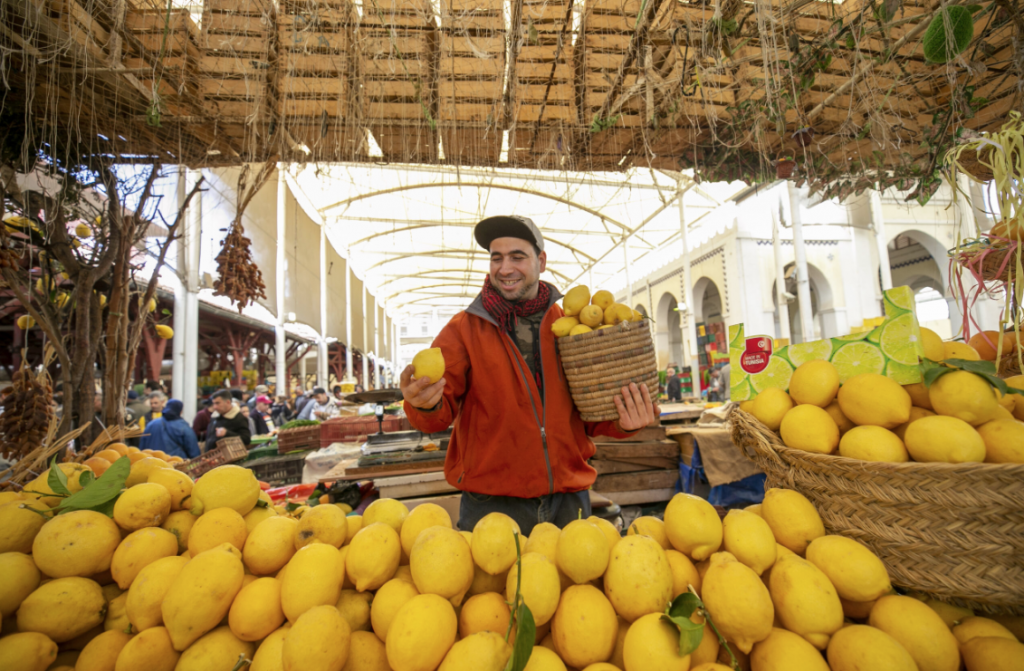Writer: Ayoub Menzli

Tunisia’s 12 million citizens have seen their living standards drop steadily since the 2011 revolution that toppled president Zine El Abidine Ben Ali and inspired uprisings across the region. Unemployment is high, inflation is accelerating, and public services and social safety nets are lacking due to repeated economic downturns and austerity measures. Shortages of essential goods are frequent, while a quarter of Tunisian children live under the poverty line.
Tunisia has been entrapped in a seemingly self-perpetuating loop of economic crises for over a decade. Several interventions by the International Monetary Fund have only exacerbated the situation, and officials have rejected yet another program last year, refusing to enact more public spending cuts.
This article examines two main hindrances to Tunisia’s economic development: its chronic trade deficit, and the powerful interest groups entrenched within the country’s political and economic structures. It then briefly explores solutions and paths for moving beyond the current economic model.
To read the full article: click here
Disclaimer: Except for articles published on Blog Tadamon and the content of the resource pages, all materials on this website, including their respective photographs, are indexed from their original sources. All rights remain with the respective copyright holders.

Comments are closed, but trackbacks and pingbacks are open.